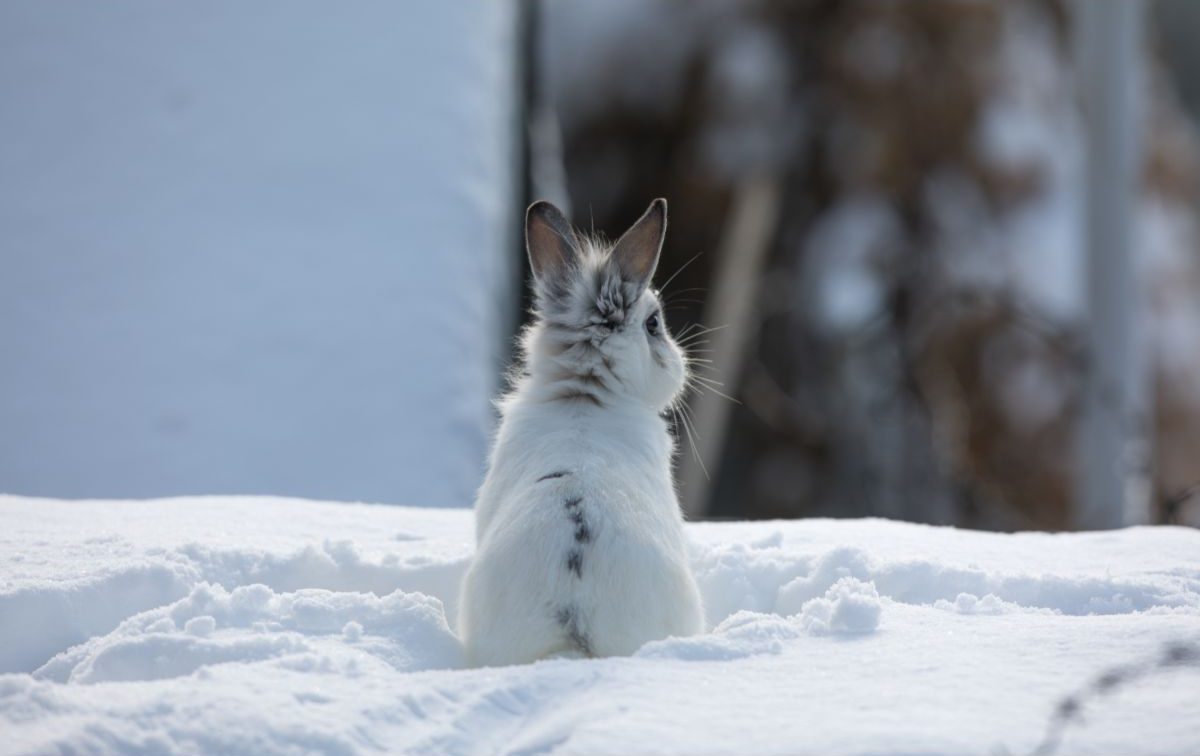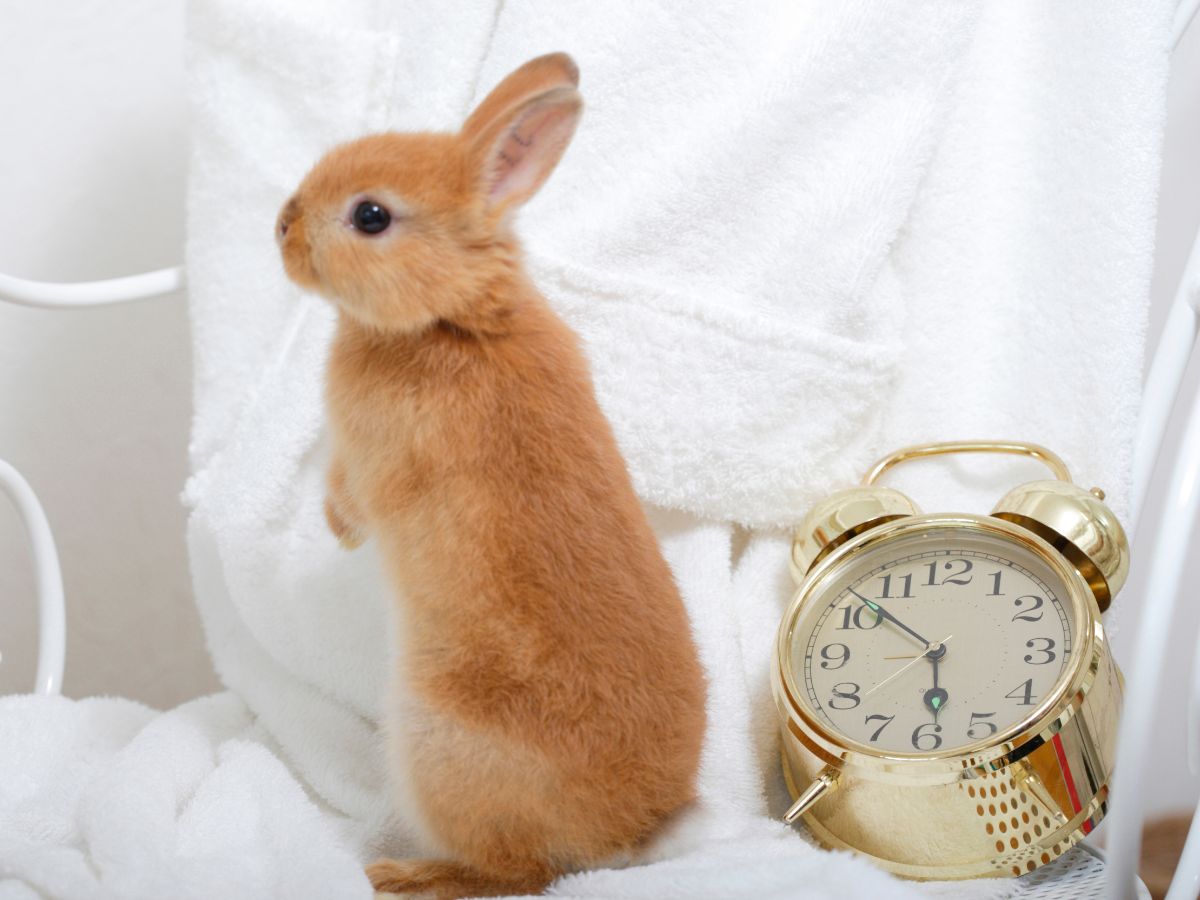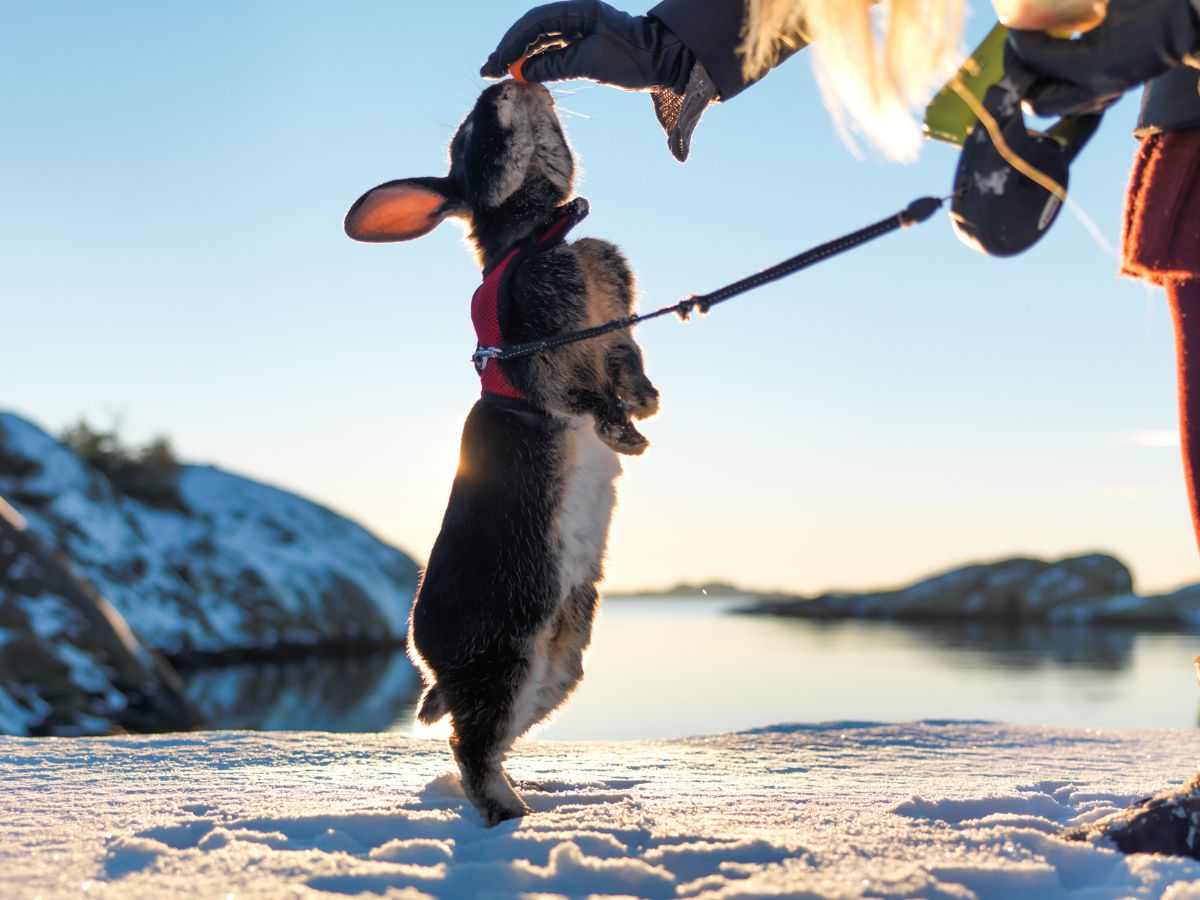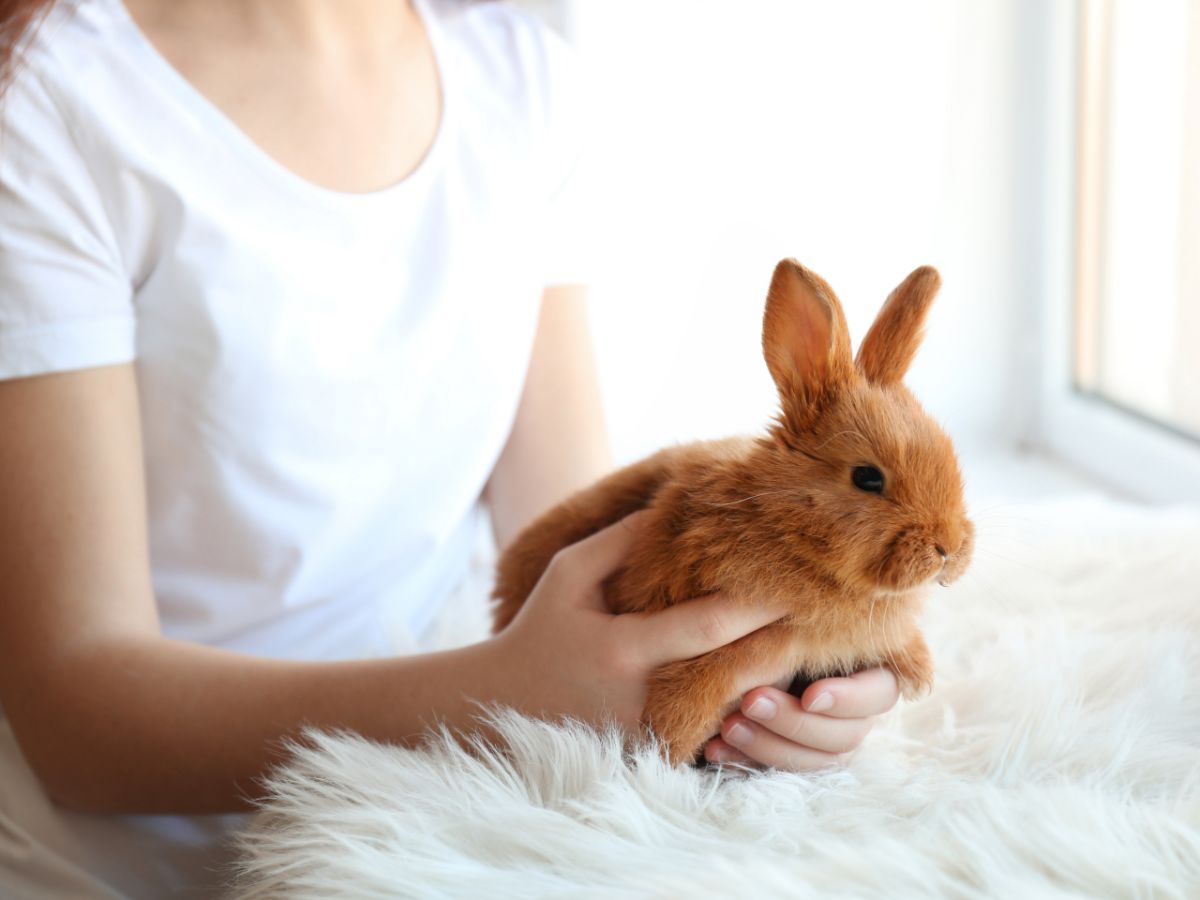Rabbits may look small and fragile but are well-adapted to cold weather. If you have a rabbit, whether indoors or outdoors, you’re probably wondering how to protect your rabbit from cold weather.
There are precautions you should take, and you can protect your rabbit from cold weather. With hutches, their well-insulated bodies, a place to sleep, a nesting box, and a dry place, rabbits can live well and comfortably in cold weather. You can also let your rabbit live indoors for the winter.
Look no further if you’re worried about your rabbit during the cold winter months! This article will provide information on protecting your indoor or outdoor rabbit from cold weather.
Contents
How To Protect A Rabbit From Cold Weather
Rabbits can handle temperatures down to 40 degrees Fahrenheit. If, during the winter, the temperatures tend to drop near or below that temperature, you will need to take precautions to ensure your rabbit does not get too cold. Remember, rabbits also grow thick furs in winter to keep them warm.
1. Make Sure Your Rabbit Has A Hutch
You need to ensure that your rabbits have a cage or a hut placed in a sheltered place to protect them from the wind or rain. It should have a roof made of tin, preferably since rabbits cannot chew through that.
A wooden hatch with wire bottoms and fronts is a good idea for the cold winter months. This will protect your rabbit and ensure he does not chew through it. The hutch should have a canvas that can be rolled down during cold weather and rolled up during warm weather.
2. Keep Your Rabbit Dry
To keep your rabbit warm in cold climates, make sure to keep him dry. If he gets wet, the rabbit will not be able to stay warm. If by any chance your rabbit gets wet, rub him dry with a towel.
3. Make Sure Your Rabbit Has A Nesting Box
A nesting box will keep your rabbit warm, so make sure the box is not much bigger than the rabbit’s size. You can line it with straw. You can line the cage or hutch with newspaper and bedding. You can also consider straw instead of hay for bedding since straw is much warmer. The straw should be soft.
4. Put Extra Hay In Your Rabbit’s Hutch
Some extra hay will also keep your rabbit warm in his hutch. This will allow your rabbit to snuggle into it. Also, ensure you put enough hay in your rabbit’s hutch for eating.
5. Insulate Your Rabbit’s Hutch
You can insulate your rabbit’s sleeping hutch by lining the inside of his nesting box with plywood and leaving a gap between the walls or floor and the ply. Fill this with roof insulation. Make sure the roof is waterproof.

6. Get Another Rabbit
A companion will allow the rabbits to snuggle together, keeping them both warm during the cold weather. Rabbits are very sociable animals, so getting your rabbit a companion will be the best thing you can do for him.
7. Clean Your Rabbit’s Space
Hygiene is extremely important, so your rabbit’s space should always be clean. Due to the cold and wet weather, your rabbit’s hutch can become soiled pretty quickly, so cleaning it regularly will prevent that.
8. Bring Your Outside Rabbit Inside
If you provide a warm and clean shelter for your rabbit outside, he will be fine for the whole winter. But if you feel it is too cold outside and the weather is too extreme, you can keep your rabbit indoors.
If you wish to keep your rabbit in your house, the conditions must not be too high since rabbits can overheat pretty quickly. However, you need to know that your rabbit might lose its protective winter coat if he is inside. Keep your rabbit in a quiet room and ensure the area is rabbit-proof and that your rabbit has enough space to run, jump, and hop around. Make sure the floor isn’t slippery
and that your rabbit has enough water and fresh food in his cage and some toys to keep him entertained. Always remember, if your rabbit is used to being indoors, don’t put him outside to sleep in the winter. Since being indoors makes rabbits lose their protective layers.
9. Change The Water Bowel Regularly To Avoid It Freezing
In the winter, your rabbit’s water might freeze, preventing him from drinking and dehydrating. You need to frequently change your rabbit’s water bowl to prevent it from freezing.
10. Make Sure Your Rabbit Exercises Enough
Exercising your rabbit is important since they’re very active animals. Your rabbit must get enough exercising during the cold winter months every day. You should attach his hutch to a safe, sheltered exercise run which will allow him to exercise when they want. The run should be dry and covered.
How Cold Is Too Cold For A Rabbit?
While they might look fragile and small, healthy adult rabbits can handle temperatures down to 40 degrees Fahrenheit and sometimes even colder. However, 20 degrees Fahrenheit will be too cold for rabbits, and they will need to be kept comfortable and warm if temperatures drop that low.
What To Feed Your Rabbits In The Winter?
Rabbits are active creatures, especially when the weather is cooler. Because of this, they will need more energy to keep them full and warm, so you will need to give them more food in the winter than in the summer. It would be best if you fed him timothy hay and pellets to ensure he gets enough calories.
Conclusion
Rabbits can handle very cold climates, down to 40 degrees Fahrenheit. Any temperature colder than that, and your rabbit will need to be kept warm. You can do this outdoors by providing him with a hutch with a canvas you can roll down to keep him warm. Your rabbit must also have a nesting box full of straw to keep him warm.
Remember, your rabbit needs a companion. They will cuddle together, which will keep them both warm. It’s important to ensure that their enclosures are dry and waterproof. If you want to keep your rabbits inside, ensure they have enough space and are away from loud noises. And there you have it! That’s how to protect your rabbit from cold weather.




